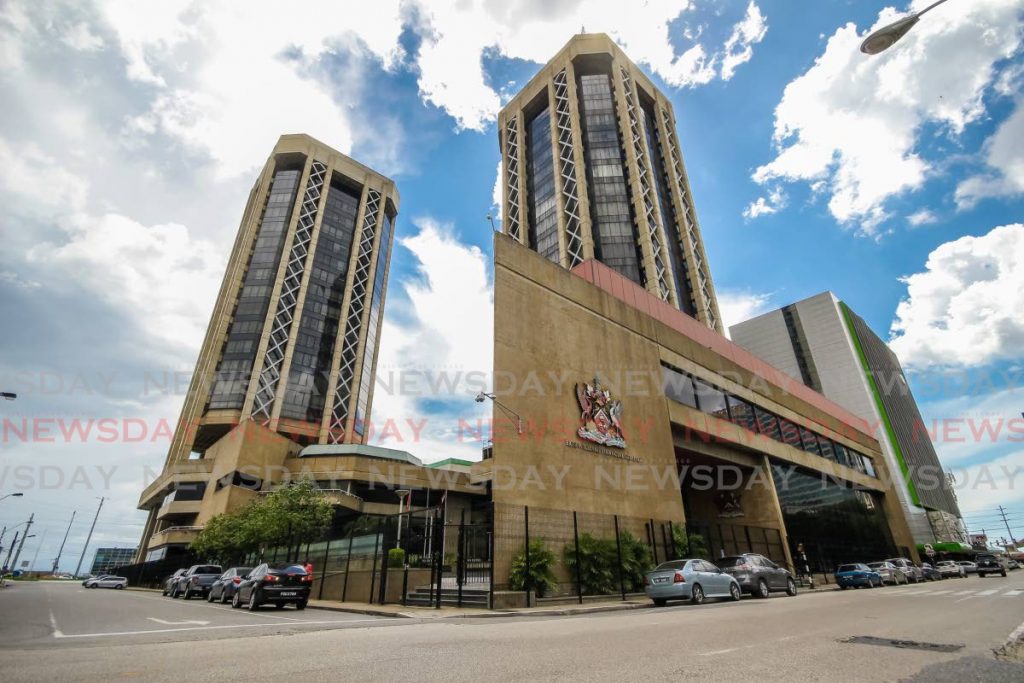Central Bank monetary report: Covid19 overshadows TT recovery in 2021

The covid19 pandemic will continue to overshadow TT's economic recovery into 2021, the Central Bank predicts in its May 2020 monetary policy report.
"The pace and extent of recovery in 2021 will depend on the still unknown path of this deadly pandemic and the repercussions on global trade, commodity markets and domestic business and employment," the bank said.
The pandemic has adversely affected the short-term economic outlook most likely for the rest of the year, as a result of the stay-at-home measures Government implemented in mid-March to contain the spread of covid19, it also said. The bank noted the negative impact on the non-energy sector, notably construction, manufacturing, transportation and wholesale and retail sectors, which, even as activities resume, will take time to recover.
The bank expects a smaller surplus in the country’s external current account due to relatively subdued energy prices and more sluggish demand for TT’s non-energy exports from Caricom.
It said the deficit is projected to be higher than budgeted for leading to a rise in public sector borrowing, supplemented by drawdowns from the Heritage and Stabilisation Fund.
"In the second half of 2020, fiscal, structural and monetary policies will need to be closely coordinated and alert to deal with a very dynamic domestic economic environment, complicated by tremendous uncertainties on the global geopolitical and trading fronts," the bank advised.
"The adjustments in the labour market that have already taken place, including layoffs and reductions in working hours, could persist for some time."
Although its reduction in the repo rate on March 17, led commercial banks to reduce interest rates from 9.25 per cent to 7.5 per cent, data is not yet available to make a comprehensive assessment on the impact on the financial system.
The bank said lower loan rates should make credit more accessible and cheaper for businesses, "especially for paying wages and meeting overhead expenses such as property and machinery rental in light of severe restrictions on income."
It said firms which closed or scaled-back their operations could benefit from lower debt servicing costs, and debt consolidation and refinancing had become important to debt-burdened consumers.
However, it cautioned that would be problematic "if the financial system amasses high liquidity, but there is no significant pickup in borrowing by the private sector."
Giving a breakdown, lowering the reserve requirement led to a gradual increase in liquidity after declines over January to mid-March. The daily average up to March 17 was $4,040.6 million, and immediately rose to immediately to $5,147.8 million on March 18 with the reduction in the repo rate. During the rest of March daily excess liquidity averaged $5,720.9 million, before rising slightly to $5,736.8 million in April. Daily average excess liquidity increased further to $8,336.5 million over May 2020.
On foreign exchange, the bank said the market remained tight over the first five months and it injected US$585 million, slightly lower when compared with the year-earlier period. It said at the end of May, official international reserves stood at US$6.9 billion, equivalent to eight months of import cover.


Comments
"Central Bank monetary report: Covid19 overshadows TT recovery in 2021"